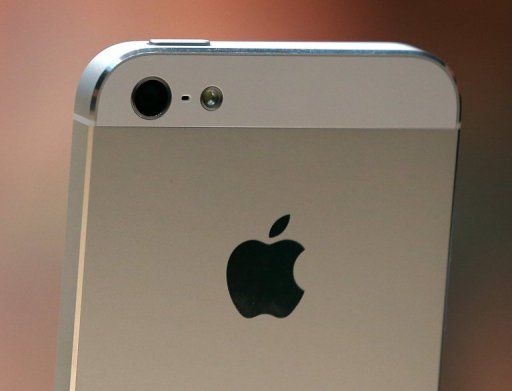WASHINGTON —
Apple’s iPhone 5 is one of the biggest product launches ever in the sector, and may also deliver a well-timed stimulus to the U.S. economy ahead of the presidential election. Apple is expected to sell as many as 10 million of the devices in just the first days of the launch starting Sept 21, and upwards of 50 million in the fourth quarter, including a big chunk in the United States.
But with the U.S. economy having expanded at a tepid 1.7% pace in the second quarter, the stimulus will be well-timed. Paul Krugman, a Princeton University economist who blogs for The New York Times, said the stimulus effect underlines how the U.S. economy is dependent on consumer spending.
Even before the iPhone 5, Apple cited a study showing it has created or supported more than 500,000 U.S. jobs, including 47,000 at Apple alone and 200,000 in the so-called “app economy. Apple’s launch comes amid a spate of new product releases expected to woo U.S. consumers in the pre-holiday season.
Along with phone launches, Microsoft is producing its own Surface tablet computer, Google has introduced a tablet and smartphone and Amazon has upgraded its Kindle Fire tablets. And Apple is expected to launch a mini iPad in the coming weeks to cement its position in the tablet market.
All this has the potential to boost share prices, consumer spending and the so-called supply chain involving component makers. Apple’s record stock price surge has helped push the Nasdaq stock exchange to its highest level since 2000, after the dotcom collapse.
Apple may ship between 48 million and 53 million iPhones in the fourth quarter and “up to 266 million” in 2013.
A 2011 study by Dedrick with researchers Kenneth Kraemer and Greg Linden concluded that 58% of the iPhone cost went to Apple profits, with materials representing some 22% and labor costs in China just 1.8%.
Even with the stimulus, most economists say the iPhone and other devices probably won’t make a difference in the November election..

.png)



0 comments:
Post a Comment
Grace A Comment!